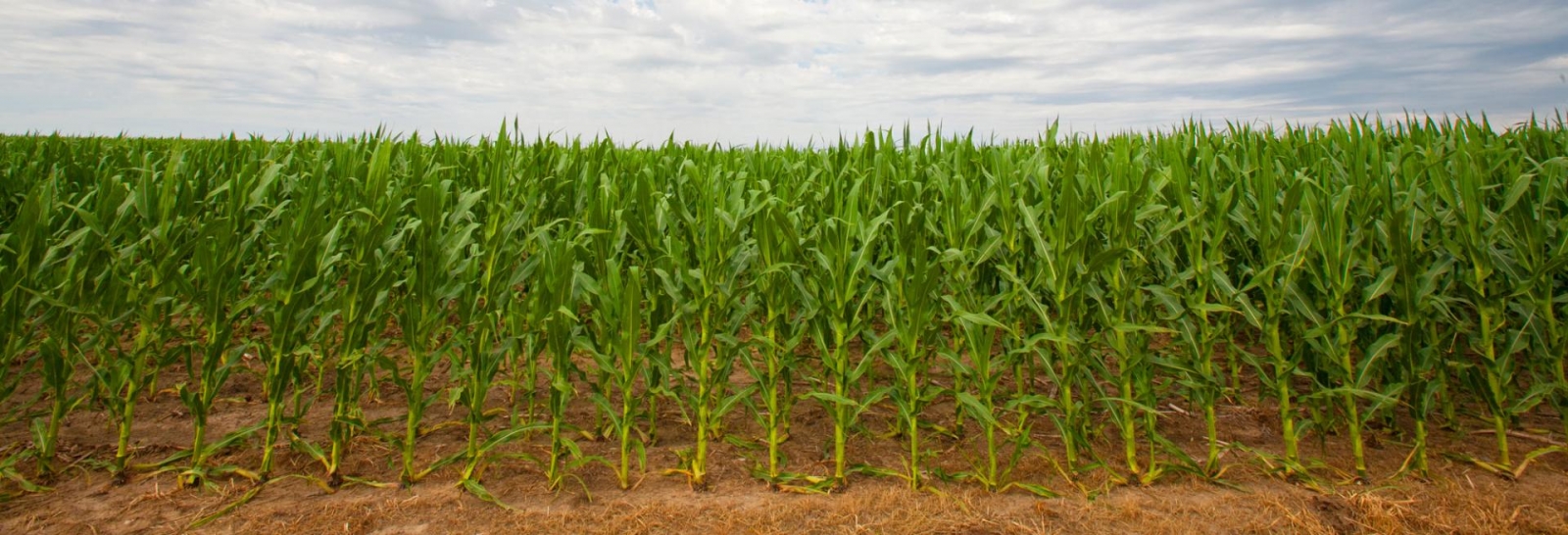Leasing farmland — whether via cash rent or crop share — requires more than just setting a dollar amount. The University of Nebraska’s Center for Agricultural Profitability explains that each method shifts risk, reward and tax burden differently. Cash rent gives landowners a stable, predictable income but places all production risk on the tenant, while crop-share arrangements divide both costs and returns and often involve more collaboration and flexibility. Which is better? It all boils down to each party’s goals, risk tolerance, and tax strategy.
By Anastasia Meyer - Agricultural Economist and Extension Instructor

CAP photo
